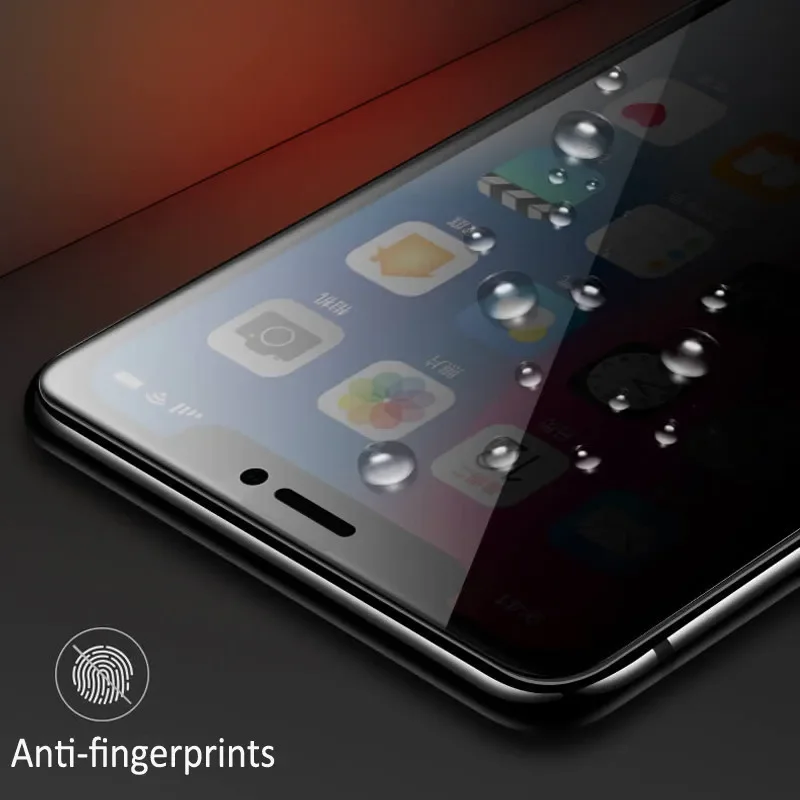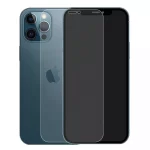When purchasing a brand-new smartphone or tablet, one of the first accessories you might consider is a screen protector. Screen protectors are essential for safeguarding your device from scratches, cracks, and other types of damage. Best Buy, one of the largest retailers of electronics in North America, offers various options for screen protection, often coupled with a warranty. Before you make a purchase, it’s crucial to understand the terms and conditions of the Best Buy screen protector warranty, what it covers, and its limitations. This comprehensive guide will provide you with essential information on the Best Buy screen protector warranty, allowing you to make an informed decision.
Understanding the Basics of Screen Protectors
A screen protector serves as a safeguard for your device’s screen, creating a barrier against scratches, smudges, and cracks. Screen protectors come in various types, including tempered glass, plastic film, and liquid glass. Each type has its pros and cons, but all of them offer varying degrees of protection. The basic functionality of a screen protector is to absorb impact and protect the screen underneath, thereby extending the life of your device.
Understanding the features of each type can help you choose the right one for your needs. For instance, tempered glass provides excellent shatter resistance and touch sensitivity, while plastic film offers a more affordable option with decent scratch resistance, albeit with lower durability. Additionally, liquid glass products claim to bond at a molecular level with your screen for a nearly invisible protective layer. Best Buy provides a wide array of these products, often with warranties that may add value to your purchase.
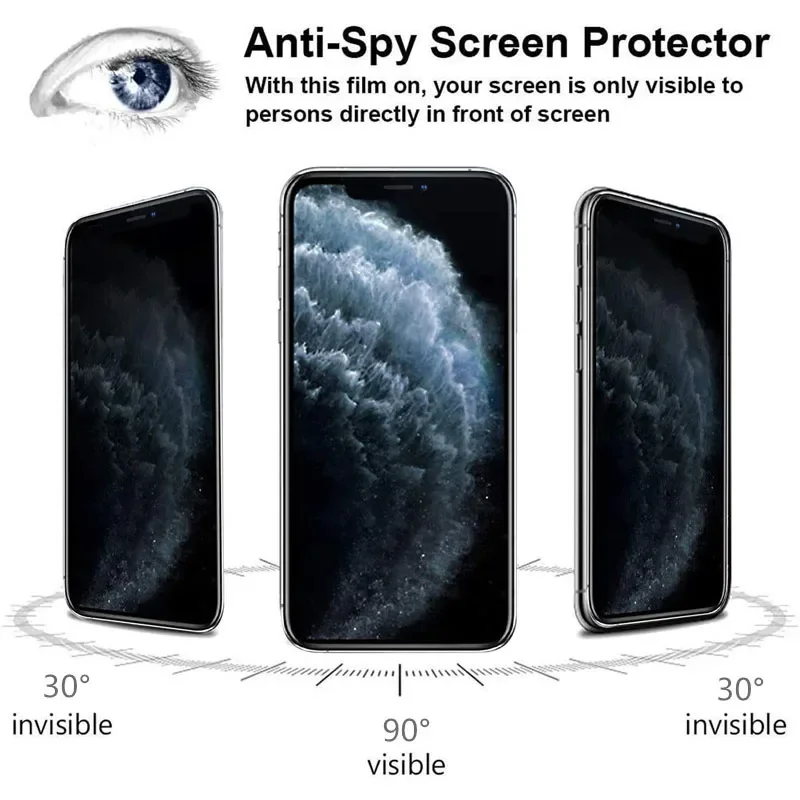
What the Warranty Covers
The Best Buy screen protector warranty usually covers specific forms of damage that may occur to the protector itself, such as cracks, tears, or wear and tear from regular use. If you purchase a screen protector from Best Buy, you may be eligible for a replacement if the protector fails to serve its purpose within the warranty period. This can provide peace of mind, especially if you frequently change mobile devices or are prone to accidents.
It’s crucial to read the fine print to understand what exact damages are covered. Typically, the warranty may not cover negligence, intentional damage, or damage caused by water or other liquids. Best Buy may offer expedited replacements for those who want immediate care, depending on the type of warranty selected. Additionally, some warranties may cover installations, enabling customers to opt for professional application instead of a DIY approach, ensuring optimum protection right from the start.
How to Claim the Warranty
Claiming your Best Buy screen protector warranty is a straightforward process, but specific steps must be followed to ensure a smooth experience. Generally, you will need to provide proof of purchase, so it’s wise to keep your receipt or digital invoice. The claim procedure can typically be initiated either in-store or online, depending on the warranty terms and your preferred method.
If you choose to visit a Best Buy store, bring your damaged screen protector and purchase evidence. A customer service representative will assess the situation, and if it aligns with warranty conditions, you’ll likely walk away with a replacement within minutes. For online claims, you may have to fill out a form and possibly ship your damaged protector back to Best Buy. Keep in mind that any warranty claim might take some time to process, so endurance is necessary. Understanding these logistics before diving into your purchase can save you frustration later.
The Importance of Keeping Records
Record-keeping is crucial when it comes to warranties, and this is particularly true for products like screen protectors. Losing your receipt or proof of purchase could result in the denial of your warranty claim, no matter how valid it may be. While digital receipts are often sent via email, they can also be deleted or misplaced—a risk worth avoiding.
To strengthen your warranty claims, consider creating a dedicated folder on your computer or in cloud storage to store all relevant documents—receipts, warranty details, and any correspondence regarding your screen protector. Some individuals prefer to use a physical folder to house these records. In any case, staying organized will help you present your case more convincingly should the need arise.
Additionally, it may be beneficial to take note of the installation date and warranty period. Many warranties have defined limits—usually one year—making it important to keep track so that you can claim your replacement before it’s too late.
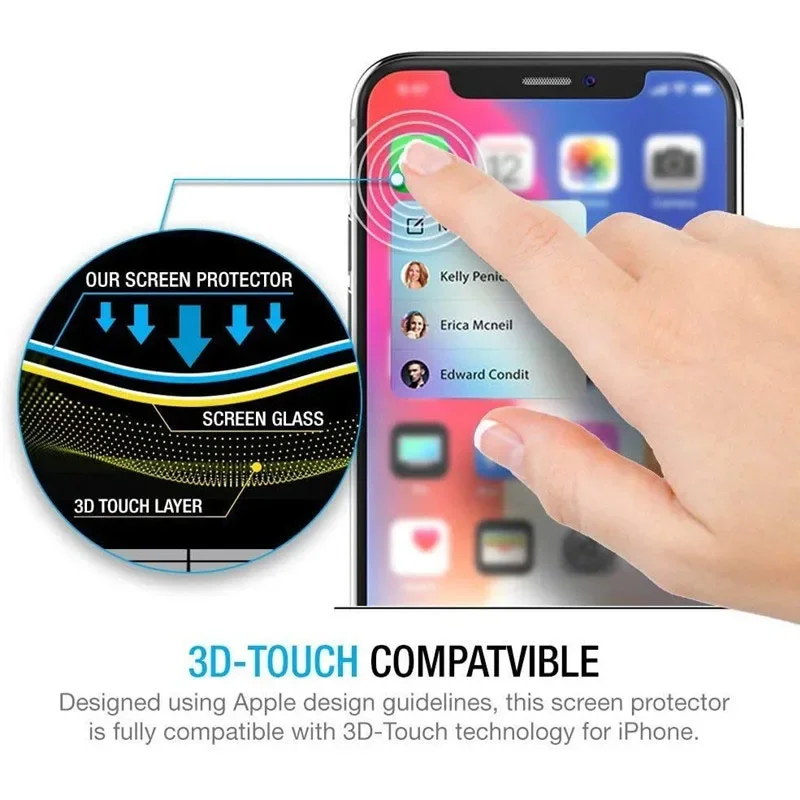
Expert Installation vs. DIY: Which is Better?
Back in the day, screen protector installation used to be a daunting task. Air bubbles, misalignment, and residue could spoil your experience. Many Best Buy locations offer expert installation services for their screen protectors. Opting for professional installation can not only reduce the likelihood of mistakes but also sometimes enhances the warranty coverage. Some warranties explicitly cover damages that occur during the application process if a Best Buy employee handles the installation.
On the flip side, DIY installations are often cheaper and quicker; however, they also come with their own set of challenges. Companies providing DIY options now offer kits designed to simplify the installation process, often containing tools to assist in achieving a bubble-free application. If you’re confident in your skills and prefer to save money, DIY can work well. Just be mindful of the warranty conditions, as self-installing may often void specific warranty claims if the protector is improperly applied.
Different Types of Warranties Offered
Best Buy generally offers various types of warranties for its screen protectors. These may include limited warranties, extended warranties, and even optional protection plans. A standard limited warranty usually covers manufacturing defects, while an extended warranty might provide additional coverage beyond the standard period, allowing for longer-term use without worry.
Some screen protectors come with a plan that insures damages, giving you peace of mind against unforeseen accidents. This type of policy may cover both the protector and the device it’s placed on, thus ensuring comprehensive protection. Reviewing your options and aligning them with your lifestyle and usage of devices will yield the best protection strategy.
Comparing Warranty Options
Before settling on a screen protector, it’s prudent to compare different warranty options—not just from Best Buy but also from other retailers and manufacturers. Many brands offer their warranties, which might come with unique perks, additions, or coverage terms. Consider factors such as coverage duration, types of damage covered, claim processes, and whether you can have your protector applied professionally.
Doing thorough research can help you understand which warranty aligns best with your needs and long-term plans. Also, look out for reviews from prior customers regarding their experiences, as personal accounts can often expose the strengths and weaknesses of specific offerings. You might discover that another retailer provides a more appealing warranty or product suitable for your specific use-case.
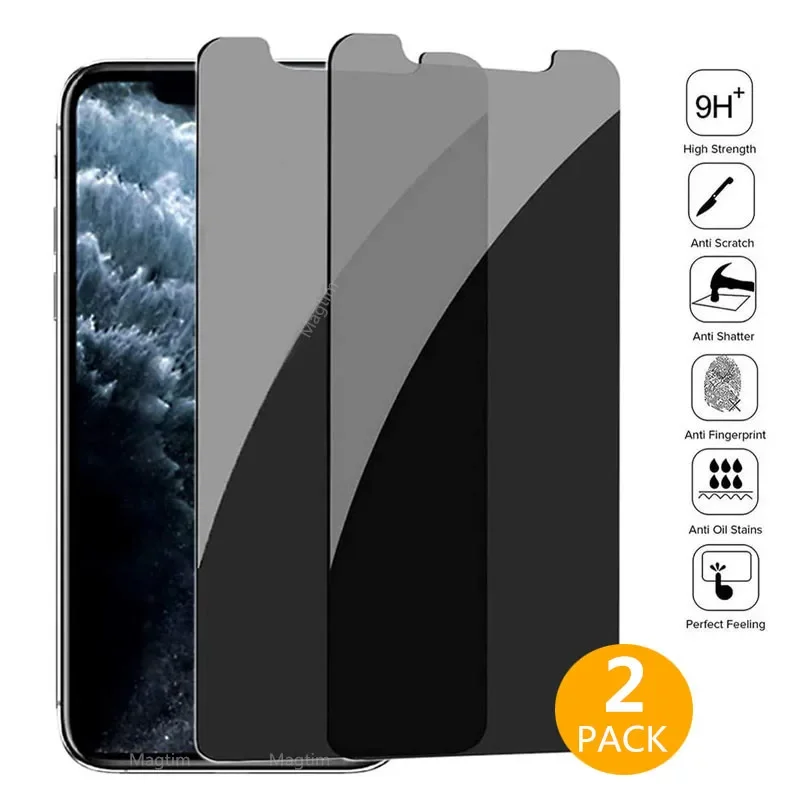
When to Consider Upgrading Your Screen Protector
As technology evolves, so do screen protectors. New materials and technologies emerge, leading to improvements in scratch resistance and durability. Depending on how active you are in your daily life, it would be wise to consider upgrading your screen protector every few years.
If you notice significant wear or scratches on your current protector, it may be time to swap it out, especially if the damage starts affecting the usability of your device. Additionally, if you switch to a device with a different screen material or technology, adapting your protector strategy can be essential. For instance, some new smartphones feature curved screens, requiring specialized protectors instead of standard flat ones. This is where reading reviews, exploring options, and taking warranty coverage into account come to the forefront.
Conclusion: Making an Informed Purchase
In conclusion, the Best Buy screen protector warranty has several intricacies that require careful consideration before you invest your money. From understanding the types of screen protectors available to grasping the warranty conditions, being fully informed is critical for making an educated purchase.
The warranty offers peace of mind but also necessitates diligent record-keeping and awareness of your options. Whether opting for an expert installation or undertaking a DIY approach, each choice has its advantages and caveats. Finally, always be proactive about comparing options and understanding the market trend; new technologies arise frequently, and adapting your strategies can yield better results. By clarifying these elements, you can ensure that you’re not just safeguarding your device but also getting the most value from your purchase.
